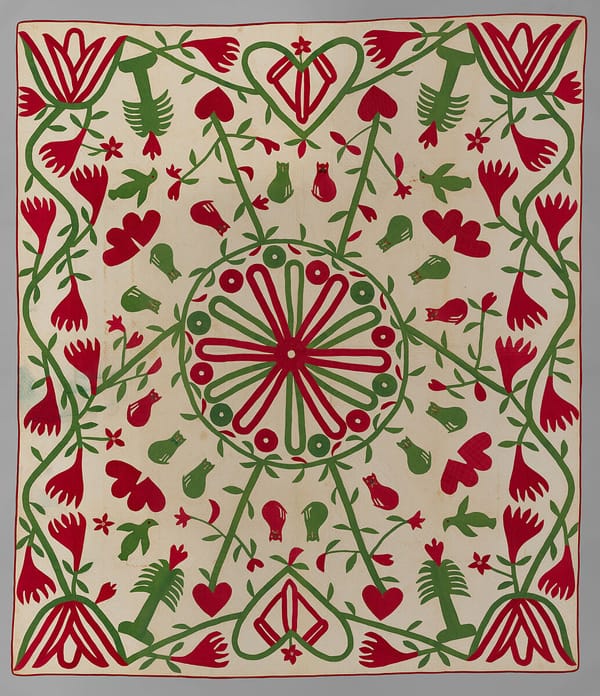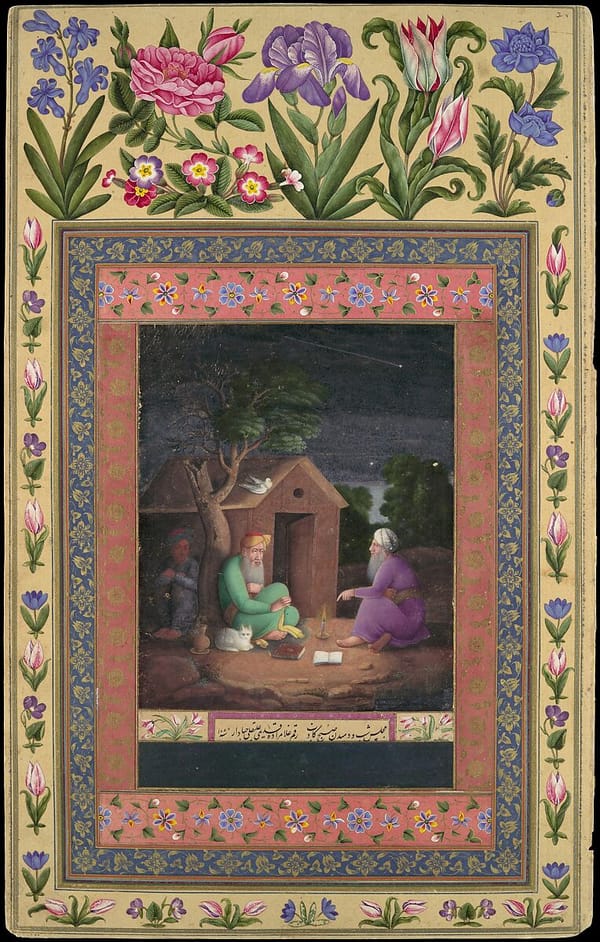Is Ice More Compressable Than Gas?
The compressibility of water is a function of pressure and temperature. At 0 °C, at the limit of zero pressure, the compressibility is 5.1×10−10 Pa−1. At the zero-pressure limit, the compressibility reaches a minimum of 4.4×10−10 Pa−1 around 45 °C before increasing again with increasing temperature. As the pressure is increased, the compressibility decreases, being 3.9×10−10 Pa−1 at 0 °C and 100 megapascals (1,000 bar)
Wonder how this plays out on the scale of weather. Does water that reaches 0degC in the atmosphere cause minimum compressibility? Is this why ice cracks concrete?
Weather, at its most basic level, sometimes comes down to watching how areas of high atmospheric pressure and low pressure move around the planet. Low atmospheric pressure allows ground heat to rise, which leads to more unstable air and cloud formation. That's why we typically get rain with low pressure systems. (View Highlight)
Intuitively, it seems to me that water vapor (hot air) has a low amount of compressibility, since it is hard to contain volume as gas.
The different global circulation models of the Earth’s changing climate agree that temperatures virtually everywhere will increase, and in most places so will rainfall, in part because warmer air can carry more water vapor. However, “There is one major exception, and that is the Mediterranean area,” Eltahir says, which shows the greatest decline of projected rainfall of any landmass on Earth. (View Highlight)




